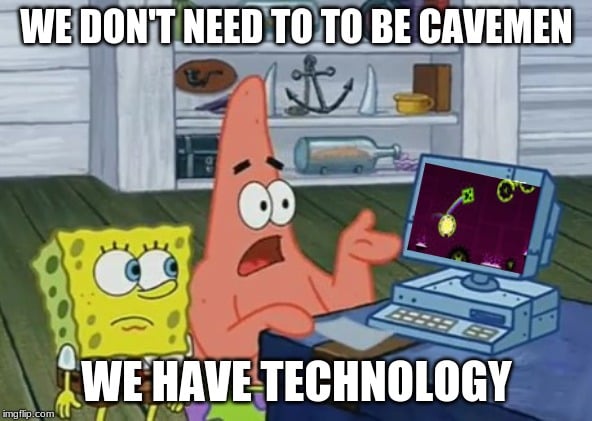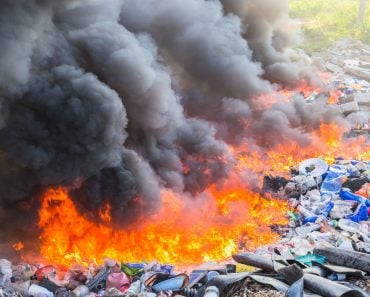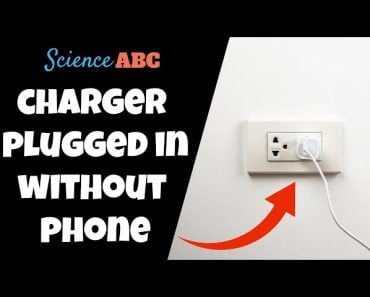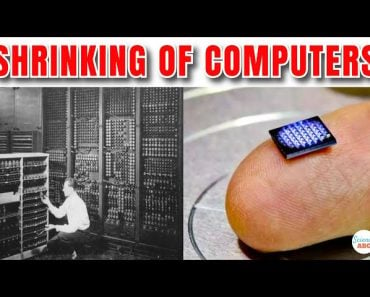Table of Contents (click to expand)
E-cycling refers to the recycling of e-waste or electronic waste, such as laptops, cell phones, refrigerators, televisions and batteries.
Technology has undeniably taken over our lives. You see smartphones in the hands of toddlers every day, which is bizarrely dystopian, but to be expected in our world today. However, technology keeps upgrading and updating. We’ve moved from box-sized televisions and room-sized computers to paper-thin versions that can fit in our pocket; we’ve moved from clunky Nokia keypad phones to flip phones, then to touch screens and smartphones and whatever comes next. Today’s young generation doesn’t know the pain of turning every number to make a call on a telephone, and soon, telephones may be completely discarded for an implanted chip! Who knows!? Do you even remember VCRs and DVDs?! In addition to old technology being discarded, thus creating tons of E-waste (electronic waste), much of our new electronic equipment does not have a long life and will soon end up in the landfill.

Every American household has an average of 24 devices, and the average life of cell phones has dropped to 1.5 years. This means that every couple years, 500 million used cell phones get discarded. Don’t be fooled by their small size; together, these cell phones alone weigh 250,000 pounds. Such enormous amounts of waste need management. Just as we recycle other forms of waste, electronic waste must also be recycled. The recycling of electronic waste or e-waste is known as e-cycling. The three Rs of reduce, reuse and recycle also apply to technological waste.
Recommended Video for you:
Why Do We Need To E-cycle?

Electronic waste, like any other form of waste, contains uniquely hazardous and toxic chemicals that can harm both humans and the environment. Electronic waste is the leading contributor to mercury and lead toxicity. Electronic components contain mercury, lead, lithium, phosphorous, gallium arsenide and PVC plastics, all of which can have negative impacts on the environment and human populations if they mix with groundwater.
Electronics also contain valuable metals like gold, silver, copper and aluminum that can be recycled in order to reduce mining activities. Coltan is a rare substance used in cell phones that is primarily found in a protected area of the Congo. Mining activities have endangered both gorillas and elephants in that region. Reusing and recycling can save a lot of energy and reduce the need for mining activities. We can save electricity equivalent to powering 3,657 U.S homes by recycling one million laptops.
Do Electronics Also Have A Life Cycle?
Humans have life cycles, as does every other living thing, but did you know that electronics also go through different stages of life cycles? It starts with raw materials being used to manufacture the electronics, which are then sold and used. After usage, the equipment is collected and put in landfills, which reuse and recycle the metals, turning them once again into raw materials.

Raw Materials
Raw materials are unused or virgin elements that are mined in order to manufacture electronics. These metals include gold, silver, copper, platinum, iron, palladium and even oil. From mining to transporting and processing these metals, greenhouse gases are produced at every single step, so reusing is essential!
Manufacturing And Sale
Manufacturers create end products from the raw materials mined. They also need to ensure the durability and longevity of their products. Source reduction plays a crucial role in creating sustainable electronics, which leads to the big R of Reducing.

Use
After creating durable electronics, it is the responsibility of the consumers to use such electronics with care to ensure their longevity. Users can increase the lifespan of their electronics by not exposing them to direct sunlight and extreme heat, keeping them dust-free, operating them in well-ventilated rooms, protecting them with laptop and phone covers, and by regularly cleaning the devices.
Collection And Landfills
If you’re a responsible citizen, you won’t dump electronics in with your regular waste. Instead, you will use drop-off collection centers that are made especially for e-waste. The electronics are collected from there and segregated for reselling, while some of the parts are reused in manufacturing. The electronics that fail to meet the standard for reusing or recycling are sent to landfills.
Reuse, Recycle, Refurbish
Electronics that are repaired for reselling are called refurbished electronics. Reusing certain parts can reduce raw material mining in a major way. Recycling important metals brings them back into the life cycle of electronics.
How To Green Purchase?

Green purchasing refers to purchasing environmentally friendly or sustainable products. Electronics are also manufactured to reduce their carbon footprint and energy consumption. Choosing less toxic and more upgradable electronics will make you a green user.
Buying refurbished electronics is a great option, as such refurbished products are widely available on e-commerce websites like Amazon and eBay. Energy star equipment will have a sticker indicating that they use less electricity and reduce greenhouse gases. The higher the number of stars, the more energy is saved.
Purchasing upgradable electronics is a final way you can contribute positively. Software needs constant upgrades, but some devices are not compatible with further updates. This results in consumers simply discarding the device. Instead, look for laptops and cell phones that can be upgraded!
Having technology as an integral part of our daily activities is inevitable at this point, but ensuring the sustainability of the devices purchased and understanding the life cycle of electronics can make us more informed and responsible green consumers. Next time you’re looking for something shiny and new, perhaps all of this will make you think twice before buying the new iPhone as an empty status symbol or for some minor upgrade. Remember, the planet is more important!
References (click to expand)
- E-cycling - University of Nebraska–Lincoln. The University of Nebraska–Lincoln
- Electronics Recycling or e-Cycling | SUNY Geneseo. The State University of New York College at Geneseo
- 6 ways to minimize your e-waste | Sustainability at Harvard. Harvard University
- Basic Information about Electronics Stewardship | US EPA. The Environmental Protection Agency
- What Is E-Waste? - CalRecycle Home Page - CA.gov. The California Department of Resources Recycling and Recovery












